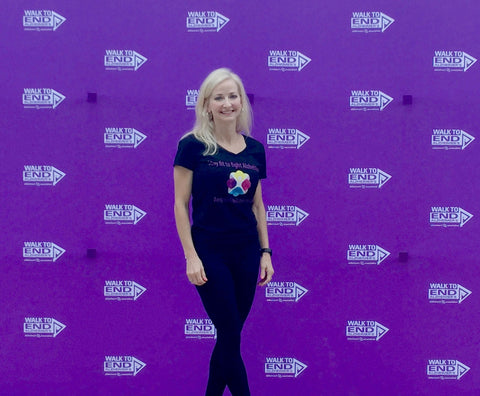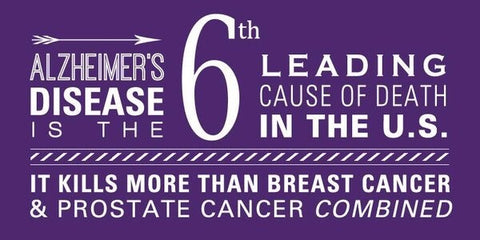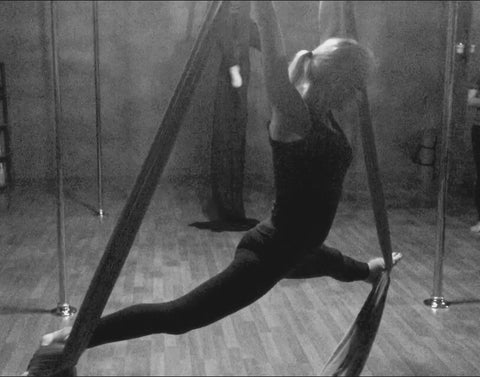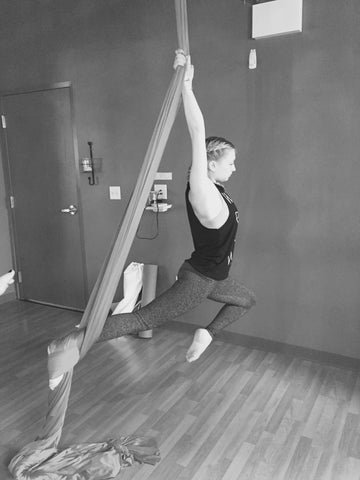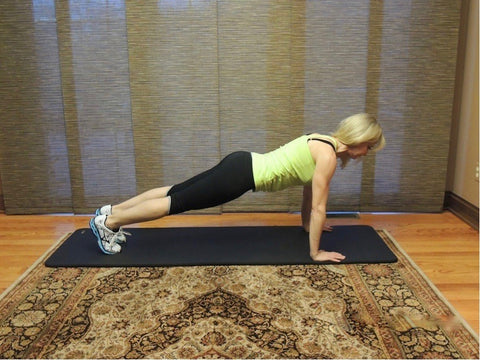Fit Tips For Your Week
by Angie Miller

Monday Motivation:
Rise and Shine: Did you know that the most successful people are often early risers? It's the difference between staying up late and struggling to “finish” something, vs. getting up early to “start” something fresh. I'm by nature a late-night person who has had to work hard to turn this around, often reminding myself that there's nothing so important that it won't wait until morning when my body and brain have had rest. I'd rather be an early morning person who wakes up and says, “Let’s do this!” than a late-night person who says, “I can’t do this.” Discipline, leadership, and success require a good night's sleep and a fresh mind. Tonight, sleep well and start your week off right! #MondayMotivation
Tuesday Transformation:
The Best of all Three- (These are the top three questions I get asked, and my top three answers):
- What's the best time of day to work out? The time that's best for you.
2. What's the best type of workout? The workout that you enjoy, that will motivate you to do again and again and again.
3. What workout the burns the most calories? The workout that you do consistently- (as opposed to the one you do once and hate every minute of because it’s not any fun.)
Truth- it doesn’t benefit us to focus on these things. There is no best workout, best time, or best calorie burn. Anything you do will burn more calories than if you don't exercise at all. #TuesdayTransformation
Wednesday Workout:
Is Exercise Dangerous? One of my favorite sayings is, "Exercise isn't dangerous, people are." It's not the kettlebell, step, dumbbell, barbell, or any other piece of equipment that are dangerous. It’s people, and potentially poor application of a piece of equipment that when used improperly can cause injury. The key here is, "when used improperly." When bad posture and muscle imbalances meet a piece of equipment, dangerous things can (and often do) happen. Bottom line, alignment and execution are pivotal in order to get the best results and to remain injury free. Start by building a strong foundation with no equipment at all. Just your body against gravity. Focus on alignment, weight distribution, and core strength among other things, then add resistance. I love kettlebells, they have transformed my body; but before you use any piece equipment make sure your posture and alignment is top notch and seek proper instruction. #WednesdayWorkout

Thursday Thought:
Thought for the day: I've shared this one before, and it still rings true. Exercise for self-care, self-preservation, and self-control. You know when you're flying on an airplane and they're going through emergency landing procedures- they tell you to put on your mask first before your child's, right? Because they know that you can't save your child (or anyone else) if you don't save yourself first. That's how I look at exercise. How can we care for others if we aren't caring for ourselves? Put on your mask first- exercise, eat well, sleep, and take time out once in a while for self-care and self-preservation. Only when we’re feeling out best can we give our best to others. #ThursdayThought
Friday Fit Tip:
Mindset Matters: Do you work out because you feel guilty if you don't, or because you feel great if you do? If you want to make exercise more enjoyable take out the “shoulds” and bring on the coulds. There’s a big difference in how we feel about exercise when we say, “I should work out today because __________________ “ (you fill in the blank), vs. “If I could ____________________(run one mile today, finish the entire workout DVD I just purchased, lift weights for twenty minutes, etc.) imagine how good I could feel. Shoulds make us feel obligated and resentful about exercise. Coulds open our mind to possibility. Replace shoulds with coulds to take away the guilt and change the way you feel about exercise! #FridayFitTip
- Angie
Angie Miller, M.S., is a fitness educator, university instructor, and Licensed Professional Counselor who blends her skills and expertise to empower individuals, mentally and physically, and provide them the tools they need to succeed. A veteran group exercise instructor and personal trainer, Angie is the star of acclaimed exercise DVD’s, including the Bedroom Body™ workout. Her passion for progressive education brought her to Northern Illinois University, where she teaches in the Dept. of Kinesiology & Physical Education. Outside of the university, she presents at fitness conventions worldwide and leads industry trainings as an AFAA Certification Specialist and Kettlebell Concepts Master Instructor. Angie writes for fitness journals and digital communities, and blogs for Collage Video. Connect with Angie at: http://www.angiemillerfitness.com

